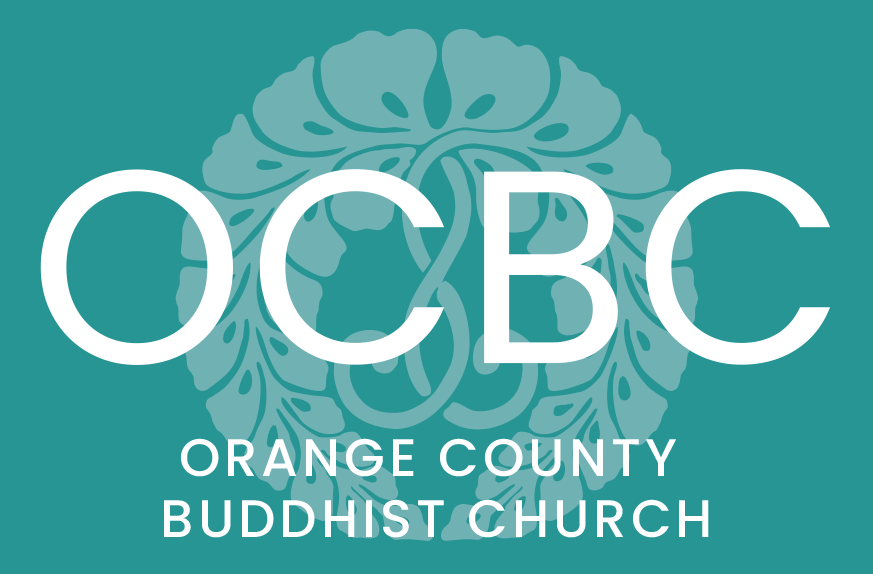One Who Has Heard Much (Part 2)
Sariputta
The relationship between Ananda and Sariputta was quite close.
“Of all the monks, the Venerable Sariputta was Ananda’s closest friend. … Sariputta was the disciple who most resembled the Master, and with whom he could talk in the same way as with the Buddha” [1]
This closeness may be because they both shared the same general approach to Buddhism. A deep respect also developed between these two great disciples.
“When Ananda gave novice ordination to young pupils, he used to take them to Sariputta to obtain higher ordination under him. Sariputta did the same in regard to Ananda, and in that way, they had 500 pupils in common” [2]
These 500 hundred students attest to the social nature of their practice that relied on words – both listening and teaching. This focus on listening seems to have been unique to Ananda’s practice. Sariputta once asked Ananda to describe the ideal monk. In the Great Disciples of the Buddha, Ananda answered in this way:
“The monk is one who has heard much, who remembers what he has heard, who treasures what he has heard. As to those teachings that are good in the beginning, good in the middle, and good at the end, and transmit word by word and in the right way the completely purified life of holiness: all this he has heard much of, bears in mind, has familiarized himself with by verbal recitation, has examined with his mind, and penetrated thoroughly by view. He speaks on the Dharma to the four kinds of listeners, in whole and in part and in the right context to bring them to the final eradication of the underlying defilements.” [3]
As stated earlier, Sariputta, Mogallana and Kasyapa all appear to possess special abilities. Sariputta was brilliant, Mogallana was innately spiritual and Kasyapa was extremely disciplined. In these areas, Ananda was out matched, and yet he was able to attain the same level of Buddhahood as the more gifted disciples through listening alone. Ananda became known as “one who has heard much.” Ananda may not have been pre-eminent in any one area, but he was the only disciple that was pre-eminent in five areas simultaneously. This seems to highlight the fact that Ananda was an average person who was very well rounded.
“Among the disciples that the Buddha declared to be preeminent, the Venerable Ananda had the unique distinction of being preeminent in five qualities. All other leading disciples excellent in only one category – or in the case of two monks, in two – but Ananda was declared the bhikkhu disciple who was foremost in five categories:
1. Listening to the Teachings
2. Remembering the Teachings
3. Mastering the Teachings
4. Studying the Teachings
5. Buddha’s attendant”
“This quality of listening well and training the mind is named as the first of the five specific qualities of Ananda, and it is recorded that all of his disciples, too, were devoted to learning. But the Buddha said it would not be easy to find one who equaled Ananda in this respect. All these factors enter into the quality of ‘having heard much.’ He who has heard much in this sense has discarded willfulness and has become a vessel of truth. He has heard much truth, and that means that he has erased all untruth in himself. Such a one is ‘born from the mouth’ of the Teacher, is truly trained, because he let himself be shaped by the Teaching of the Enlightened One. Hence, he who has heard much is the one who is most humble and most sincere champion of truth. Everything good which he carries in his mind and upon which he acts, he does not ascribe to his own ability but to the Dharma, which he has heard from his teacher. Such a person is truly humble.” [4]
The Larger Sutra of Infinite Life is the definitive sutra of Shin Buddhism which is a form of Pure Land Buddhism. The Larger Sutra tells the mythical story of a spiritual seeker named Dharmakara. In Sanskrit, Dharmakara means Storehouse of the Dharma. Dharmakara follows the Buddhist path not through his own personal abilities but by being embraced by wisdom in his everyday life. This wisdom is symbolized by light. When wisdom reveals itself, we call this compassion. This is the function of light in the Larger Sutra, and it is Ananda who initiates the teaching of the Larger Sutra by asking the Buddha why he suddenly appears to be so radiant. At first it appears that the Buddha has changed, but it is Ananda who has changed. Ananda now sees this light that has always been present in his life, and he has now touched upon this wisdom through listening alone. Because of this milestone, the Buddha praises Ananda, and again Ananda wishes to joyfully listen to the Dharma. To be continued ...
Namoamidabutsu, Rev Jon Turner
[1] Great Disciples of the Buddha, Thera & Hecker, p. 158
[2] p. 30
[3] p. 152
[4] p. 150-151

